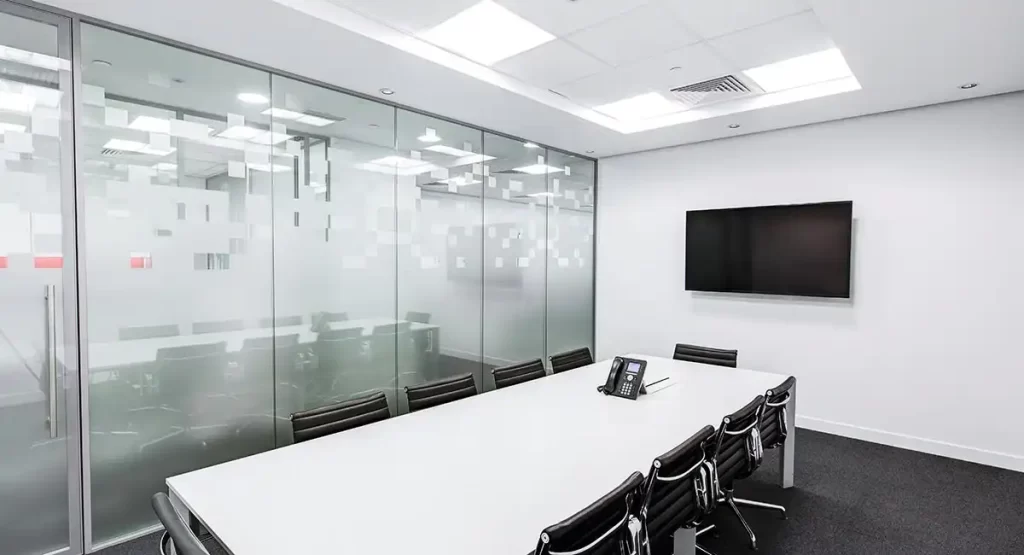- Home
- White Adhesive Paper Solutions for Furniture Production and Design Needs
Dec . 05, 2024 01:15 Back to list
White Adhesive Paper Solutions for Furniture Production and Design Needs
The Importance of White Adhesive Paper in Furniture Manufacturing
In the competitive world of furniture manufacturing, the choice of materials plays a critical role in defining the quality, durability, and overall appeal of the final product. Among these materials, white adhesive paper has emerged as a vital component that enhances both functionality and aesthetics in a variety of furniture applications. This article explores the significance of white adhesive paper for furniture manufacturers, its benefits, and its various applications.
What is White Adhesive Paper?
White adhesive paper is a versatile, self-adhesive product that is typically made from a layer of paper coated with a pressure-sensitive adhesive. This type of paper is characterized by its smooth, white surface, which is ideal for printing, laminating, and providing a high-quality finish to various surfaces. Manufacturers appreciate its ease of use, as it can adhere to different materials without the need for additional adhesives.
Benefits of White Adhesive Paper
1. Aesthetic Appeal One of the most significant advantages of using white adhesive paper in furniture manufacturing is its ability to provide a clean and modern look. The bright, white surface enhances the visual appeal of furniture pieces, making them more attractive to consumers. Additionally, it serves as an excellent canvas for printing designs, patterns, or even custom graphics, allowing manufacturers to create unique and personalized products.
2. Durability and Protection White adhesive paper is designed to withstand wear and tear, making it suitable for high-traffic furniture pieces such as cabinets, tables, and shelves. Its protective qualities help prevent scratches and stains, ensuring that furniture remains in pristine condition for a longer time. This durability translates into increased customer satisfaction and a lower rate of returns or complaints.
3. Ease of Application For manufacturers, ease of application is a significant factor. White adhesive paper can be quickly and efficiently applied to furniture surfaces, which can save time and labor costs in the manufacturing process. Its flexibility allows it to conform to various shapes and structures, simplifying the production of complex designs.
white adhesive paper for furniture manufacturers

4. Cost-Effectiveness Using white adhesive paper can be a cost-effective solution for manufacturers. It allows for the creation of visually appealing products without the need for expensive finishes or coatings. Additionally, the ability to print directly onto the paper means manufacturers can reduce expenses related to additional marketing materials and branding efforts.
5. Eco-Friendly Options Many furniture manufacturers are now focusing on sustainability, and white adhesive paper can be sourced from eco-friendly materials. This aligns with the growing demand for environmentally conscious products, making it an attractive option for manufacturers aiming to appeal to a more environmentally aware consumer base.
Applications in Furniture Manufacturing
White adhesive paper finds its use in various areas of furniture manufacturing, including
- Decorative Finishes It can be used to create decorative finishes on cabinets, tables, and chairs, providing designers with a canvas to express their creativity. - Labeling and Branding Furniture manufacturers can use printed white adhesive paper for branding purposes, incorporating logos and product information directly onto the furniture surface. - Repair and Maintenance It can be utilized for quick repairs, covering up scratches or imperfections on furniture surfaces effectively and aesthetically.
Conclusion
In conclusion, white adhesive paper has become an essential material for furniture manufacturers, offering a range of benefits that enhance both the production process and the final product. Its aesthetic appeal, durability, cost-effectiveness, and versatility make it an indispensable tool in the modern furniture industry. As manufacturers continue to innovate and respond to consumer demands, the role of white adhesive paper is likely to evolve further, solidifying its position as a key player in furniture manufacturing.
Latest news
-
High-Quality Bathroom Cabinet Contact Paper – Durable & Stylish Leading Suppliers, Exporters, Manufacturers
NewsJul.08,2025
-
Premium Wood Contact Paper for Desk – Reliable Suppliers & Exporters
NewsJul.08,2025
-
Premium Contact Paper for Table Top – Durable & Stylish Surface Solution from Leading Manufacturer
NewsJul.07,2025
-
Duplex Board with Grey Back - Reliable Supplier & Competitive Price Manufacturer & Exporter
NewsJul.07,2025
-
Premium White Contact Paper on Cabinets – Trusted Exporters & Suppliers
NewsJul.06,2025
-
High-Quality Duplex Board Packaging for Food Reliable Manufacturer & Supplier
NewsJul.06,2025

